Introduction
In the culinary landscape, wild vegetables often stand as unsung heroes, offering a burst of flavors and nutrients that are unparalleled by their domesticated counterparts. These natural wonders, found in forests, meadows, and along roadsides, are not only rich in vitamins and minerals but also carry a unique taste that can elevate any dish. However, cooking wild vegetables can be a daunting task for those unfamiliar with their idiosyncrasies. This guide aims to demystify the process, providing practical tips and recipes to help you harness the full potential of these wild edibles.
Understanding Wild Vegetables
Before diving into the kitchen, it’s crucial to have a basic understanding of wild vegetables. Unlike cultivated plants, wild ones can vary greatly in appearance, taste, and texture depending on their environment and maturity. Identifying them correctly is paramount; misidentifying a plant can lead to serious health issues or even death. Always consult reliable field guides, botanical experts, or local authorities before harvesting any wild plant.
Moreover, wild vegetables often require special handling due to their natural growing conditions. They may carry pests, dirt, or toxins that need to be thoroughly washed or prepared before consumption. Once you’ve confirmed your plant’s identity and ensured it’s safe to eat, you can proceed with the cooking process.
Preparation Techniques
-
Cleaning and Trimming
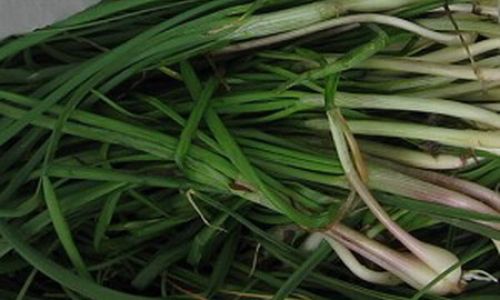
- Thorough Washing: Wild vegetables often come with a layer of dirt, sand, or even small insects. Rinse them thoroughly under running water, using a vegetable brush to scrub off any stubborn dirt.
- Trimming and Peeling: Remove any tough stems, leaves, or outer layers that might be bitter or inedible. For example, the stems of wild asparagus or the outer skin of certain roots might need peeling.
-
Blanching
Blanching is a quick immersion in boiling water followed by an ice bath. This process helps retain color, texture, and nutrients while making the vegetables more tender and easier to digest. It’s particularly useful for vegetables like wild mustard greens or nettles, which can be quite bitter or tough.
-
Sautéing and Stir-Frying
These methods are excellent for quickly cooking wild vegetables while retaining their crispiness and flavor. Use a small amount of oil in a hot pan, and add chopped or sliced vegetables. Stir constantly to prevent burning, and cook until they reach your desired level of tenderness.
-
Steaming
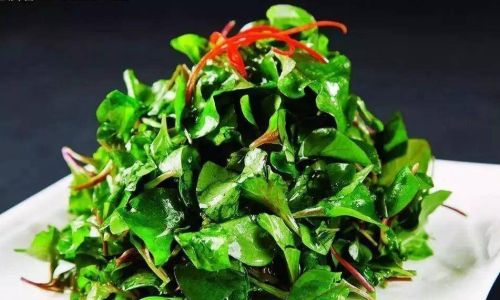
Steaming is a gentle cooking method that preserves the natural flavors and nutrients of wild vegetables. Place them in a steamer basket over boiling water and cook until tender. This method works well with delicate greens like wild spinach or chard.
-
Roasting and Grilling
For a more robust flavor, consider roasting or grilling wild vegetables. Toss them with olive oil, salt, and pepper, then place them on a baking sheet or grill. High heat caramelizes the natural sugars, creating a delicious, slightly smoky taste.
Cooking Wild Vegetables: Specific Examples
-
Wild Garlic (Allium ursinum)
- Identification: Similar to domestic garlic but with broader, flatter leaves and a stronger scent.
- Preparation: Use the leaves and bulbs like you would garlic. They can be sautéed, added to soups, or used as a garnish.
- Recipe: Wild Garlic Pesto
- Ingredients: Wild garlic leaves, olive oil, pine nuts, Parmesan cheese, garlic clove (optional for extra flavor), salt, and pepper.
- Instructions: Blend all ingredients until smooth, then use as a pasta sauce, spread on bread, or as a dip.
-
Stinging Nettle (Urtica dioica)

- Identification: Easily recognizable by its stinging hairs that can cause skin irritation.
- Preparation: Wear gloves when handling. Blanch the leaves to neutralize the sting and reduce bitterness.
- Recipe: Stinging Nettle Soup
- Ingredients: Blanched nettle leaves, potatoes, onion, vegetable broth, cream (optional), salt, and pepper.
- Instructions: Sauté chopped onion and potatoes until soft, add broth and cooked nettle leaves, simmer until potatoes are tender, then blend and season.
-
Purslane (Portulaca oleracea)
- Identification: Succulent leaves with a slightly sour taste, often found in gardens and disturbed areas.
- Preparation: Rinse thoroughly and use raw in salads or lightly sautéed.
- Recipe: Purslane and Avocado Salad
- Ingredients: Purslane leaves, ripe avocado, cherry tomatoes, red onion, lime juice, olive oil, salt, and pepper.
- Instructions: Toss all ingredients together with lime juice, olive oil, salt, and pepper to taste.
-
Wild Mushrooms
- Identification: Various species, including morels, chanterelles, and porcini, each with unique characteristics.
- Preparation: Clean gently with a soft brush or damp cloth to avoid soaking up water.
- Recipe: Wild Mushroom Risotto
- Ingredients: Wild mushrooms, Arborio rice, chicken or vegetable broth, white wine, onion, garlic, butter, Parmesan cheese, salt, and pepper.
- Instructions: Sauté chopped onion and garlic in butter, add Arborio rice and toast lightly, pour in white wine and stir until absorbed, gradually add broth, stirring constantly, add sliced mushrooms halfway through cooking, finish with Parmesan and season.
-
Dandelion (Taraxacum officinale)
- Identification: Bright yellow flowers and jagged, dark green leaves.
- Preparation: Blanch leaves to reduce bitterness, or use the roots roasted and ground as a coffee substitute.
- Recipe: Dandelion Green Pesto
- Ingredients: Blanched dandelion greens, olive oil, walnuts, Parmesan cheese, garlic, lemon juice, salt, and pepper.
- Instructions: Blend all ingredients until smooth, use as a pasta sauce or spread on bread.
Tips for Successful Cooking
- Seasoning: Wild vegetables often have strong flavors, so be mindful of seasoning. Simple ingredients like salt, pepper, and a squeeze of lemon juice can enhance their natural taste without overpowering it.
- Combination: Mix wild vegetables with domestic ones to create balanced dishes. For example, wild asparagus pairs well with regular asparagus, and dandelion greens can add a nice bite to a mixed green salad.
- Experimentation: Don’t be afraid to experiment. Wild vegetables offer endless possibilities, and the best way to discover new flavors is to try different cooking methods and combinations.
- Preservation: If you have a surplus, consider preserving wild vegetables by freezing, drying, or pickling. This way, you can enjoy their unique flavors throughout the year.
Conclusion
Cooking wild vegetables is an art that combines knowledge, creativity, and a love for nature’s bounty. By understanding the unique characteristics of each vegetable and applying the right preparation and cooking techniques, you can unlock a world of flavors and nutrients that are both satisfying and nutritious. Remember, safety is paramount, so always ensure you correctly identify and prepare your wild ingredients. Happy foraging and cooking!
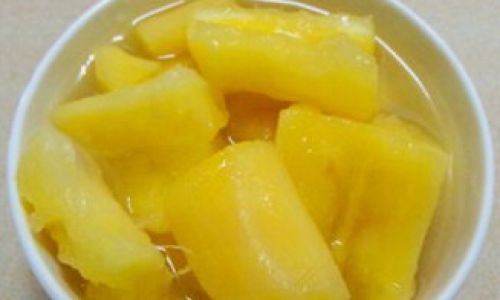


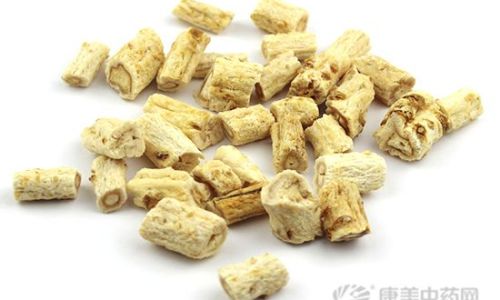
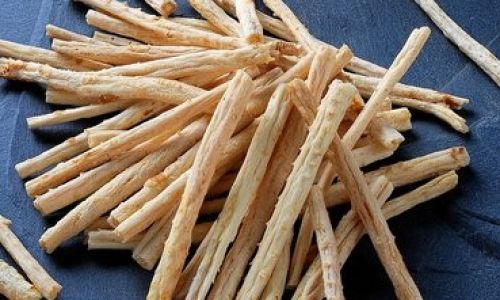
0 comments